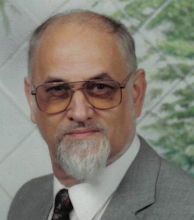 Nils Petersen on the AAEEBL forum recently pointed up this interesting example of what some were calling an 'e-Portfolio' where others were perhaps more correctly calling it her 'electronic reputation' or as Serge Ravet would say, 'her digital identity'.
Nils Petersen on the AAEEBL forum recently pointed up this interesting example of what some were calling an 'e-Portfolio' where others were perhaps more correctly calling it her 'electronic reputation' or as Serge Ravet would say, 'her digital identity'. The work of Margo Tamez as illustrated by the Touchgraph that she created hit the courts when litigation ensued as to the ownership rights of an e-Portfolio created as part of her academic work. This is a classic example of 'Cloud Computing' and raises the whole issue of 'who owns what'?
Traditionally, any work created in the workplace belonged to the owners of the company and similarly, any work created using the tools of the workplace, either on-site or off-site still belonged to the company. But that is not the point of this post.
Firstly, as I have stated before, the e-Portfolio should not be considered as a 'pantechnicon' of all that a student has ever produced. Rather, the e-Portfolio should be seen as that selection of appropriate artefacts, either work in progress or completed activities that the learner feels are the best exemplars of learning processes.
Secondly, the e-Portfolio should be that organised and well presented selection of artefacts supported by intelligent comment for a particlar audience. I cannot begin to think that Margo has a particular audience in mind for this tumble of evidences.
Thirdly, the technical competence required for this form of entertainment can only serve as a barrier to learning if others are tempted to emulate this form of bravado. As others have noted on the AAEEBL forum, the creation of an e-Portfolio should not be a measure of technical competence. Rather, an e-Portfolio (such as eFolio) should be a simple to use tool that enables all the positive things of e-Portfolio practice to happen naturally as part of reflection and showcasing.




No comments:
Post a Comment